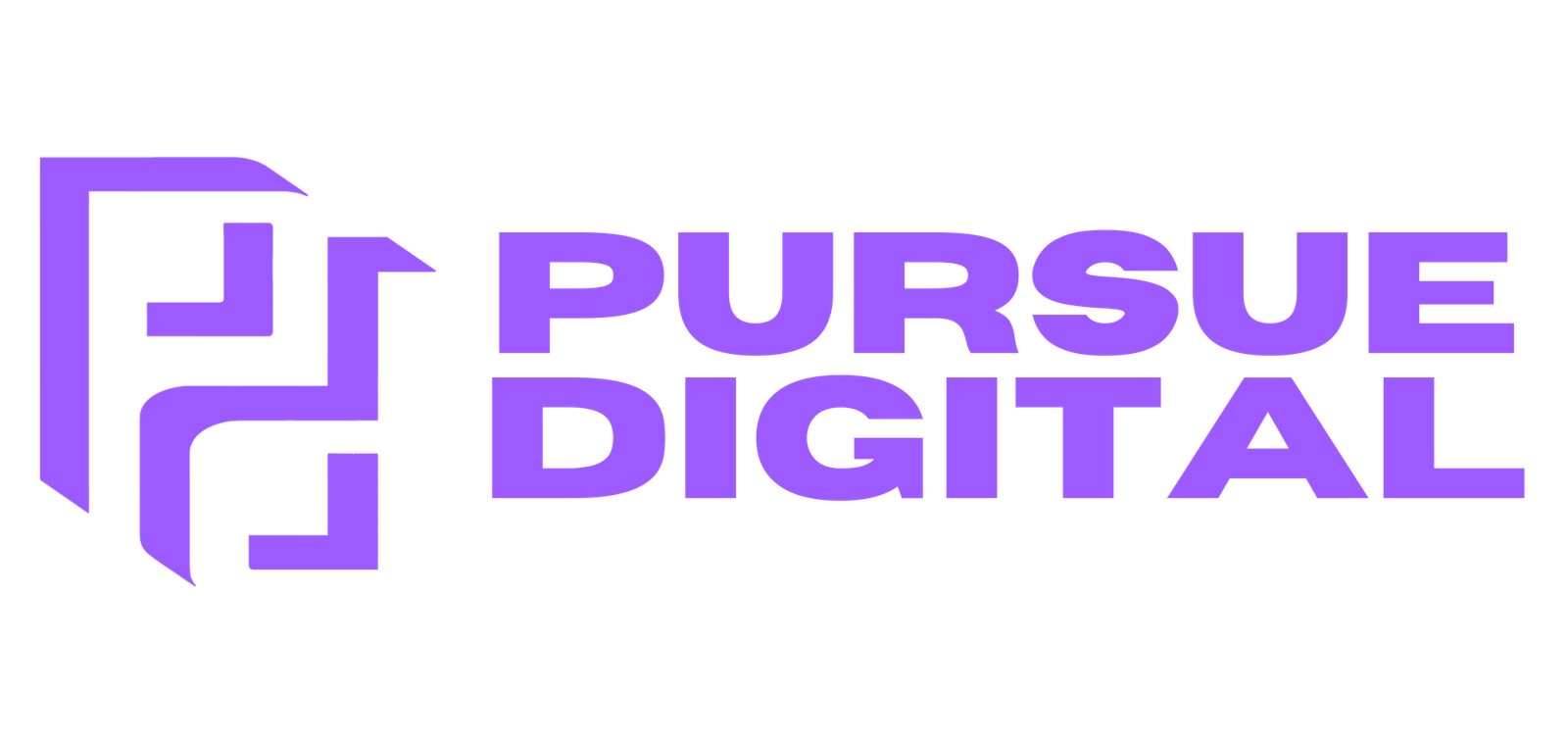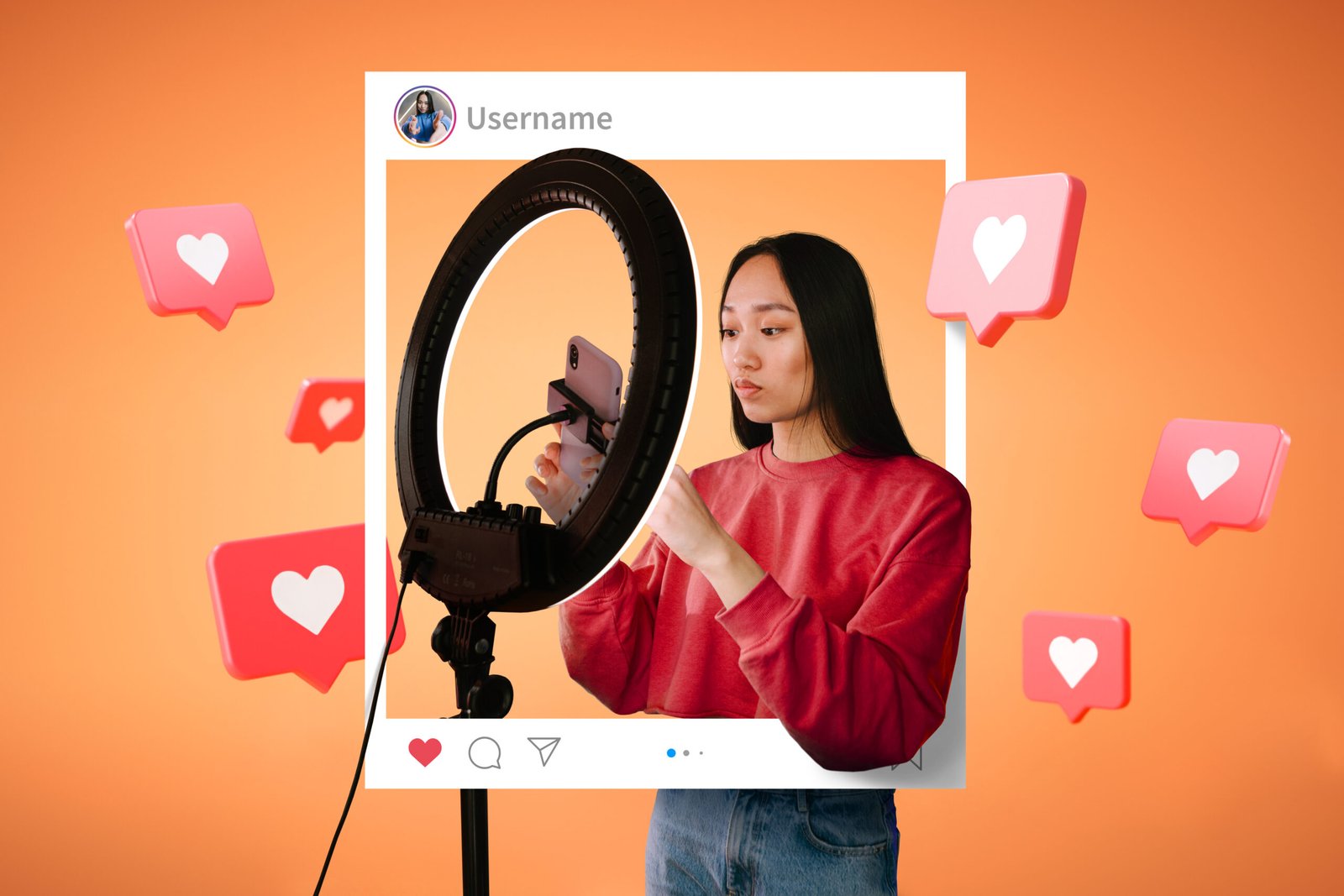Advertising platforms serve as powerful tools for businesses looking to expand their reach, generate leads, and drive conversions. Two giants stand at the forefront of this space: Google Ads and Meta Ads (formerly Facebook Ads).
While both platforms offer robust advertising capabilities, they function in fundamentally different ways and excel in different scenarios. This comprehensive guide will help you determine which platform aligns best with your specific business goals, audience, and budget.
The Core Differences
Google Ads: Intent-Based Advertising
Google Ads operates primarily on an intent-based model. When users search for specific terms on Google, they’re actively looking for information, products, or services signaling clear intent.
Key characteristics
- Captures users actively searching for solutions
- Delivers ads at the moment of expressed interest
- Functions across Search, Display Network, YouTube, and more
- Utilises keywords as the primary targeting mechanism
According to the 2024 Search Engine Journal Advertising Report, Google processes over 8.5 billion searches per day, creating vast opportunities to connect with potential customers at critical decision points.
Meta Ads: Interest-Based Advertising
Meta’s advertising platforms (Facebook, Instagram, Messenger, WhatsApp, and the Audience Network) operate on an interest and behavior-based model. Users aren’t necessarily searching for products, but Meta’s sophisticated algorithms identify relevant audiences based on demographics, interests, behaviors, and interactions.
Key characteristics:
- Reaches users based on demographic and psychographic profiles
- Excels at building awareness and interest
- Heavily visual and integrated into social experiences
- Leverages detailed user data for precise audience targeting
Meta’s platforms reach approximately 3.74 billion monthly active users across their family of apps in 2024, offering unparalleled audience reach.
Comparative Performance Metrics
When evaluating which platform might work best for your business, consider these key performance benchmarks from recent industry reports:
Cost Per Click (CPC)
According to WordStream’s 2024 Online Advertising Benchmark Report
- Google Ads average CPC: $2.69 across all industries ($2.32 for Search, $0.63 for Display)
- Meta Ads average CPC: $1.72 across all industries
While Meta Ads generally offer lower CPCs, this metric alone shouldn’t determine your platform choice.
Click-Through Rate (CTR)
- Google Ads average CTR: 3.17% for Search, 0.46% for Display
- Meta Ads average CTR: 0.90% across all placements
Google Search ads typically generate higher CTRs due to their intent-based nature, while Display and Meta ads serve more awareness-focused functions.
Conversion Rate
- Google Ads average conversion rate: 4.40% for Search, 0.57% for Display
- Meta Ads average conversion rate: 9.21% for lead generation, 1.08% for purchases
Interestingly, while Google Search ads often capture high-intent users, Meta’s sophisticated targeting can deliver impressive conversion rates for specific campaign objectives.
Return on Ad Spend (ROAS)
Merkle’s 2024 Digital Marketing Report found:
- Google Ads average ROAS: 200% (2:1)
- Meta Ads average ROAS: 152% (1.52:1)
However, these figures vary dramatically by industry, campaign objective, and execution quality.
Ideal Business Scenarios for Each Platform
When Google Ads Typically Performs Best
1. Direct Response and Immediate Purchase Intent
For businesses offering solutions to immediate needs—like emergency services, retail products with specific search terms, or time-sensitive offers—Google’s ability to capture active search intent is unmatched.
Example: A plumbing company targeting users searching “emergency plumber near me” can capture customers at their moment of highest need.
2. B2B and High-Consideration Products/Services
Majority of B2B researchers start their research with generic Google searches. Google Ads excels at capturing this research-oriented traffic.
Industries that typically see strong Google Ads performance:
- Legal services
- SaaS and B2B software
- Higher education
- Healthcare services
- Management consulting
3. Local Service Businesses
Local service businesses with clear search intent and geographic boundaries often find Google Ads highly effective, especially when utilising Local Service Ads and Google Maps integrations.
Example: A dental practice can target “dentist in [city]” searches with high conversion potential.
When Meta Ads Typically Performs Best
1. Visual Products and Lifestyle Brands
Businesses with strong visual appeal can leverage Meta’s image and video-focused formats across Facebook and Instagram to showcase products in context.
Industries that typically excel on Meta:
- Fashion and apparel
- Home décor and furnishings
- Beauty products
- Travel and hospitality
- Fitness and wellness
2. Community-Focused Businesses
Businesses that benefit from community building, user-generated content, and social proof find Meta’s ecosystem particularly effective.
Example: A boutique fitness studio can build a following, showcase client transformations, and create a sense of community through regular engagement.
3. Awareness and Top-of-Funnel Marketing
For products or services with longer consideration cycles or those requiring market education, Meta’s ability to target by interest and demographic factors allows for effective awareness building.
Example: A new productivity app can target audiences interested in time management, professional development, and technology early in their consideration process.
4. Remarketing and Nurturing
Meta’s sophisticated custom audience features allow for effective nurturing of website visitors, email subscribers, and engagement-based audiences.
Platform-Specific Advantages
Google Ads Unique Strengths
1. Search Intent Precision
The ability to capture users actively searching for solutions remains Google’s most powerful advantage. Recent innovations in keyword matching and audience layering have further enhanced this capability.
2. Diverse Ad Inventory
Google offers multiple ad formats across Search, Shopping, Display Network, YouTube, Gmail, and Maps, allowing advertisers to follow users throughout their digital journey.
3. Performance Max Campaigns
Google’s AI-driven Performance Max campaigns, launched broadly in 2023, automatically optimise ad delivery across Google’s entire inventory based on conversion goals.
According to Google’s 2024 performance data, advertisers using Performance Max campaigns saw an average of 18% more conversions at a similar cost per action compared to standard campaigns.
Meta Ads Unique Strengths
1. Superior Audience Targeting
Despite privacy changes impacting targeting precision, Meta still offers the most sophisticated demographic, interest, and behavior-based targeting available.
2. Engagement and Community Building
Meta’s native engagement features allow brands to build communities and relationships beyond direct response metrics.
3. Creative Flexibility
Meta’s diverse ad formats including Stories, Reels, and immersive experiences provide creative flexibility that search platforms can’t match.
4. Advantage+ Shopping Campaigns
Meta’s AI-powered shopping campaigns, introduced in 2023, allow for automated optimisation across multiple variables including creative, placement, and audience.
Early adopters reported a 17% lower cost per purchase compared to manually optimised campaigns according to Meta’s 2024 advertiser data.
Conclusion
Both Google Ads and Meta Ads offer powerful marketing capabilities, but they excel in different scenarios. Google’s strength in capturing active search intent makes it ideal for businesses targeting users with immediate needs or specific research queries. Meta’s sophisticated targeting and engagement features make it perfect for building awareness, nurturing communities, and showcasing visually appealing products.
For many businesses, the ideal approach isn’t choosing one platform exclusively but finding the right balance between them based on your specific business goals, audience behavior, and budget constraints. By understanding each platform’s strengths and limitations, you can make strategic decisions that maximise your advertising ROI and business growth.
Remember that digital advertising is constantly evolving, with both platforms regularly introducing new features, targeting capabilities, and ad formats. Regular testing, learning, and optimisation remain essential regardless of which platform you prioritise.
Photo by Ahmed Shabana on Unsplash





